Migration can be a good thing for the environment. Here's how

Amsterdammers are proud of their city. But it turns out that people who have moved there from other parts of the world are just as concerned about keeping the place green and pleasant. We surveyed Amsterdam residents and found, among other things, that recent migrants were just as likely to recycle as those born and raised in the city.
Similarly, research has shown that internal and international migrants living in Accra, Ghana were more likely to take part in activities that enriched the local environment, like creating community gardens to grow food, than people who were born there.
Can the movement of people (including those displaced by climate change) aid sustainable solutions to environmental problems? Our research suggests that it can. Migration is good for society in circumstances when it reduces inequality, enhances overall well-being, and does not place greater environmental burdens on the regions where people move to or from.
Migrant flows and their consequences
Sustainable development means enhancing well-being in ways that fairly meet the needs of present and future generations. A new set of studies has shown that new policies are needed to manage migration in a way that ensures such sustainability, while also minimizing involuntary displacement due to conflict or disasters.
Poorly managed migration can deepen inequality and increase environmental damage. One study looked at Florida in the US, where sea-level rise is expected to lead to outward migration—with younger, economically active adults moving first. Such migration would put pressure on housing and water and contribute to congestion and pollution in the destination cities, while leaving the coastal areas with aging populations and a lower tax base.
In Niue, Papua New Guinea and the Marshall Islands, a recent study showed that people's sense of belonging and their capacity to maintain a sense of unity, even when many of them are emigrating, affected the long-term stability of remaining populations. Current patterns of emigration by working-age adults from these areas reduce pressure on natural resources in the origin islands, while the emigrant populations in Australia and New Zealand still support and promote their communities in the island nations.
In this way, population levels in the islands are kept stable and people there are less directly dependent on fishing and farming, as their income and ability to invest locally is increased through remittances. According to Sergio Jarillo and Jon Barnett from the University of Melbourne, it is this sense of belonging that "binds the people who live in and migrate from these places into a collective commitment to the continuity" of these island communities, which are threatened by climate change.
It is crucial to consider the impact of migration in the places people leave behind, as well as their new homes. At a global level, migrants remain rare (most people live close to where they were born) and international migrants even rarer, with those displaced by conflict or disaster rarer still. Most media attention on environmental migration to date has concerned people fleeing conflict or disasters, and so-called climate refugees.
Most migrants fleeing conflict or disaster end up concentrated in a few places relatively near to where they have fled from, creating significant new demands on water, food and waste services. As such, it is the clustering of people in one place, not migration itself, that poses the greatest challenges for sustainability.
The world's largest refugee camps, home to those displaced because of conflict and disaster, are regularly in places that are vulnerable to climate change. The Rohingya refugee camps in Bangladesh, for example, have regularly been made uninhabitable by flooding in recent years.
Addressing migration and the environment together
Sustainability and migration are often managed separately. Yet we need new policies that manage migration in the interests of people and the planet, now and into the future. This includes focusing on the largest reason people move, known as "regular" migration: to find new economic and life opportunities.
For regular migration flows, planning is needed in destination areas to meet the increased demand for housing, employment and services. When new populations are integrated into communities with urban planning, the cities tend to work better for them and they feel more invested in their new homes. Such measures have been shown to create a positive environment for growth and reduce social tensions.
City planners in Chattogram in Bangladesh, for example, listened to migrants through forums and discussion groups, and have begun to amend their infrastructure plans to improve the city's informal settlements and provide clean water.
Governments also need to minimize the displacement of people as a result of environmental degradation and climate change in the first place, which amounts to a fundamental breach of their rights to a secure life.
Ultimately, we need to reset how migration is discussed in society—away from simple tropes that paint it as a threat, towards using evidence of its consequences for economies, environments and social cohesion.
Realizing the potential of migration to enhance sustainability requires seeing the benefits and costs to society in the round—not putting migration and sustainability in separate boxes working against each other.
Provided by The Conversation
This article is republished from The Conversation under a Creative Commons license. Read the original article.![]()











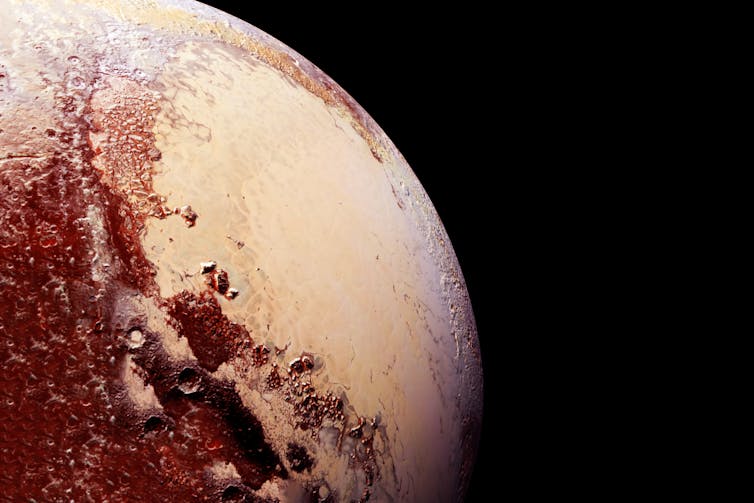
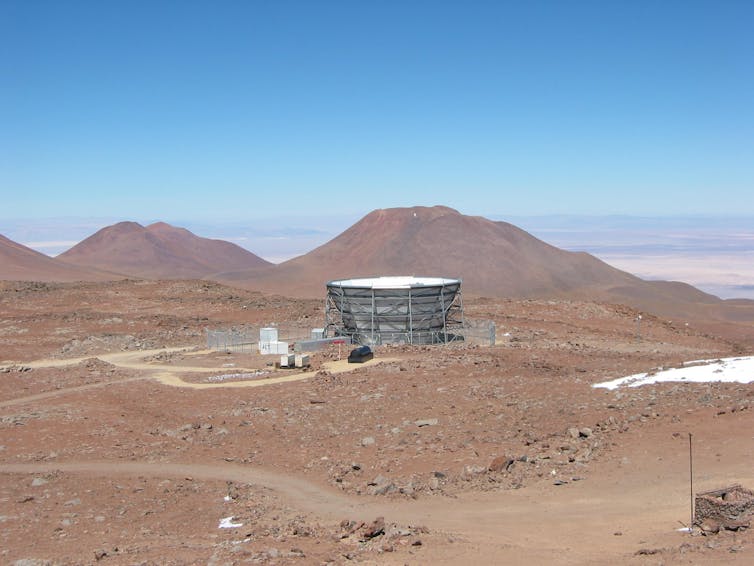



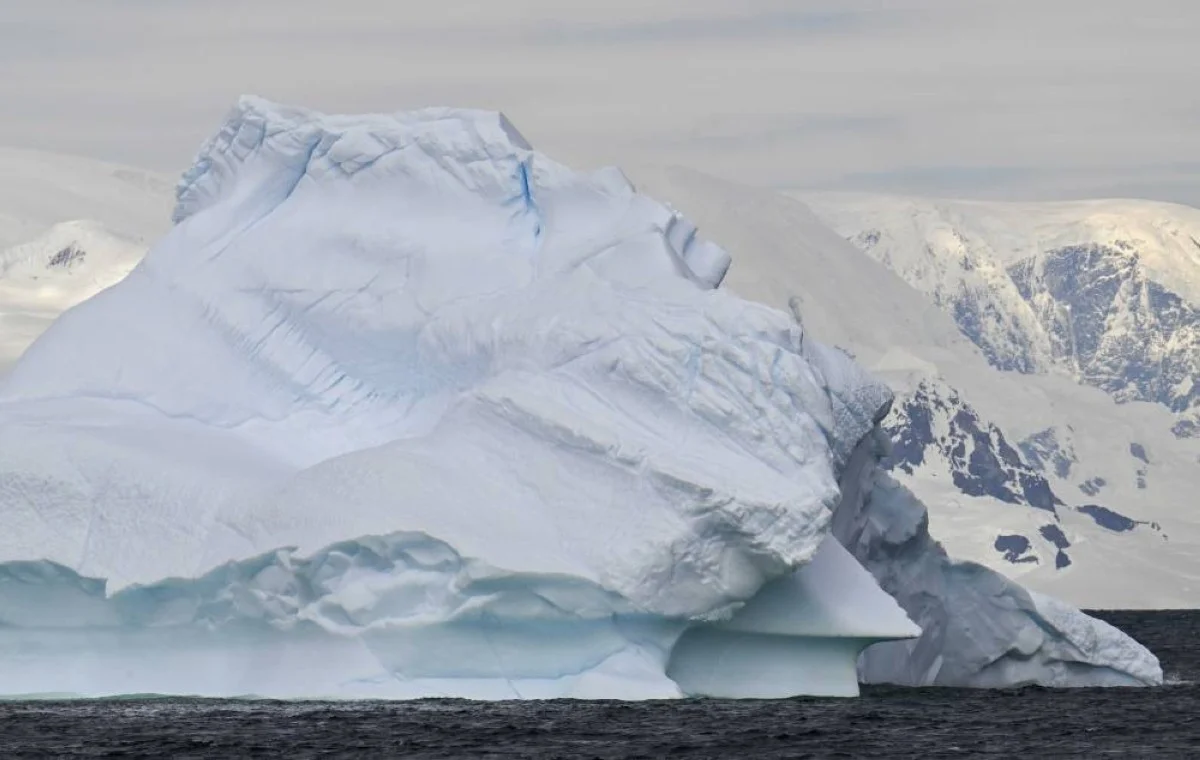
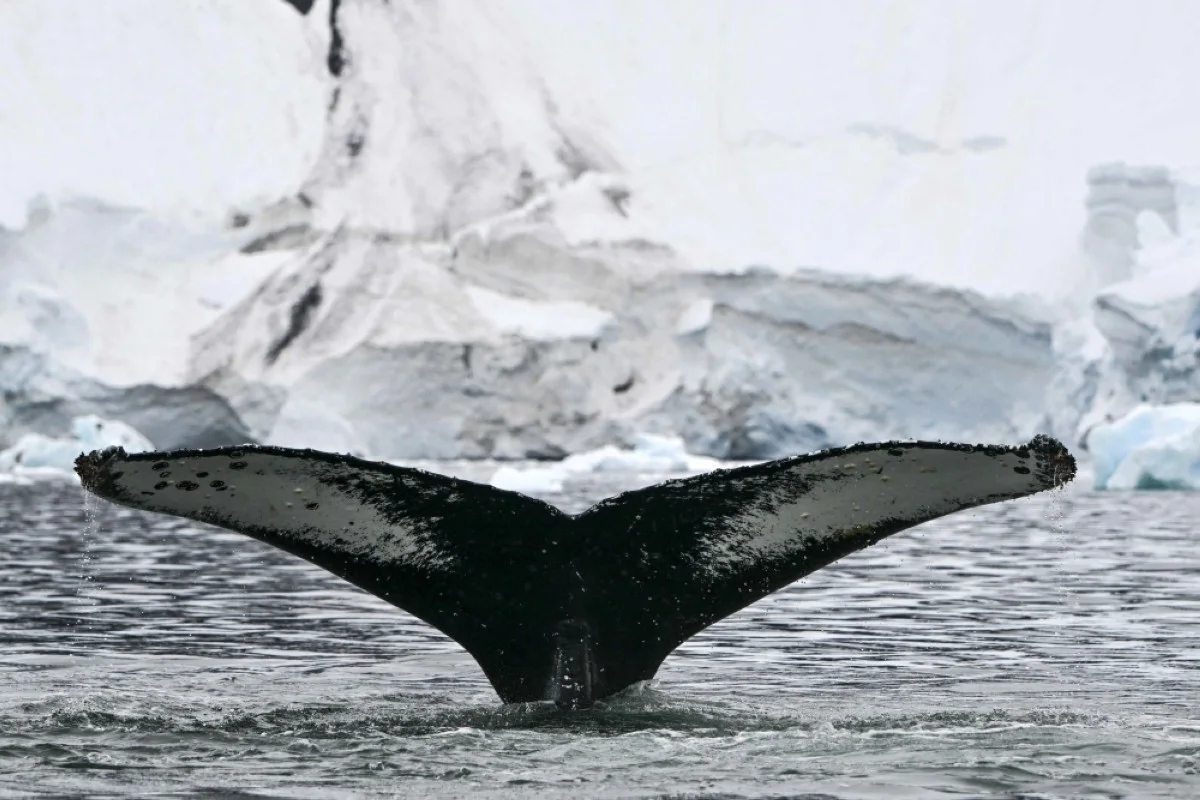

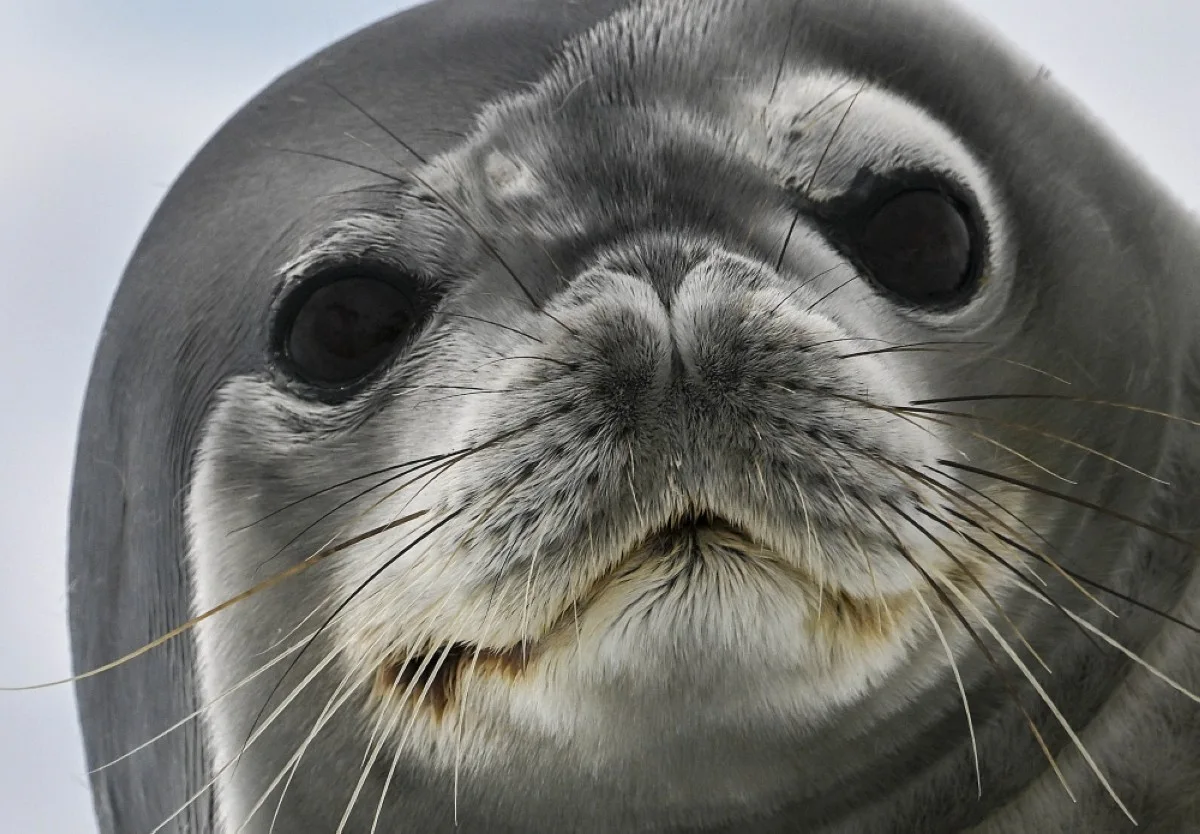
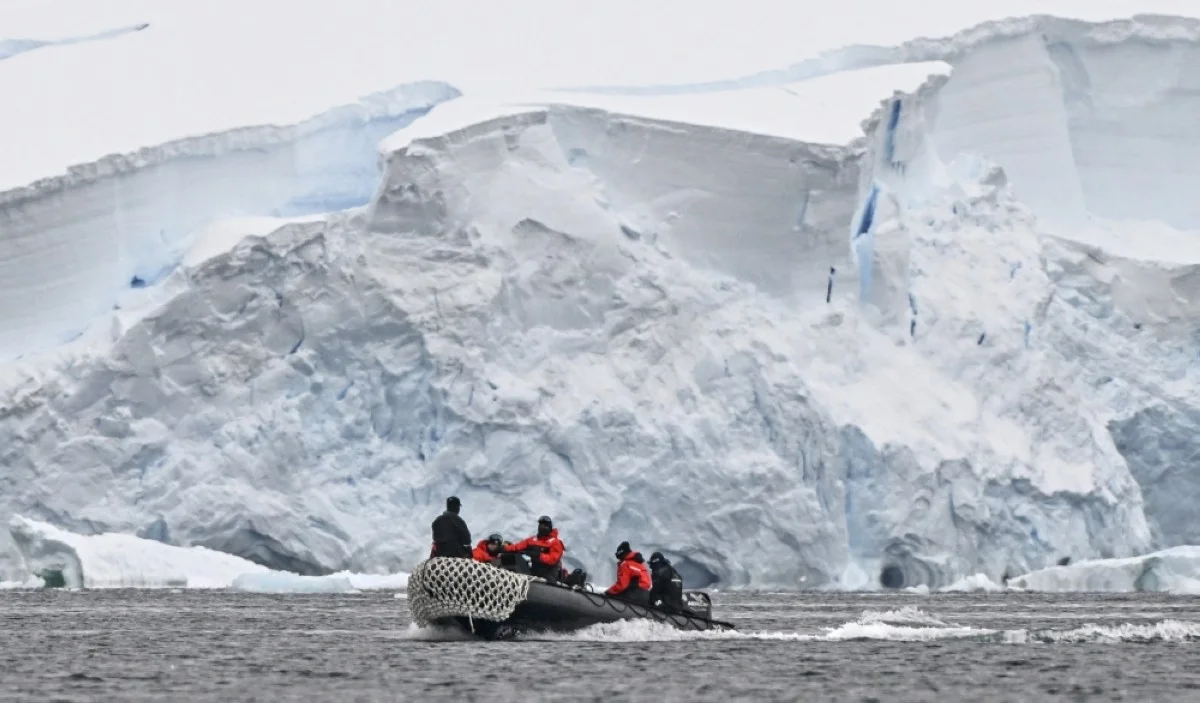
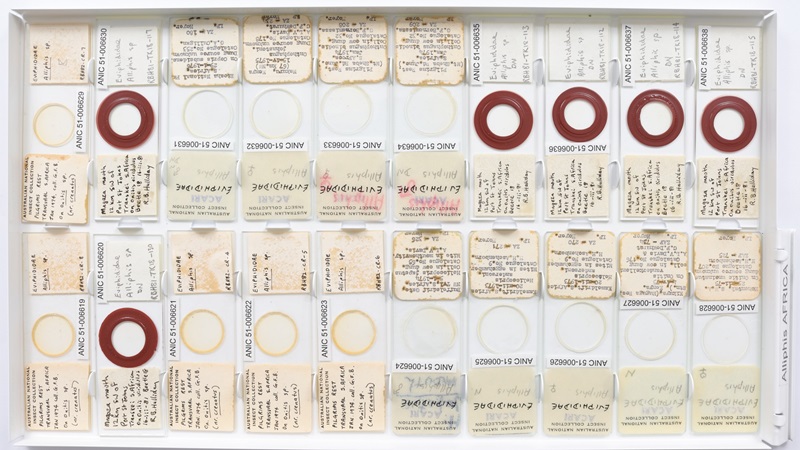
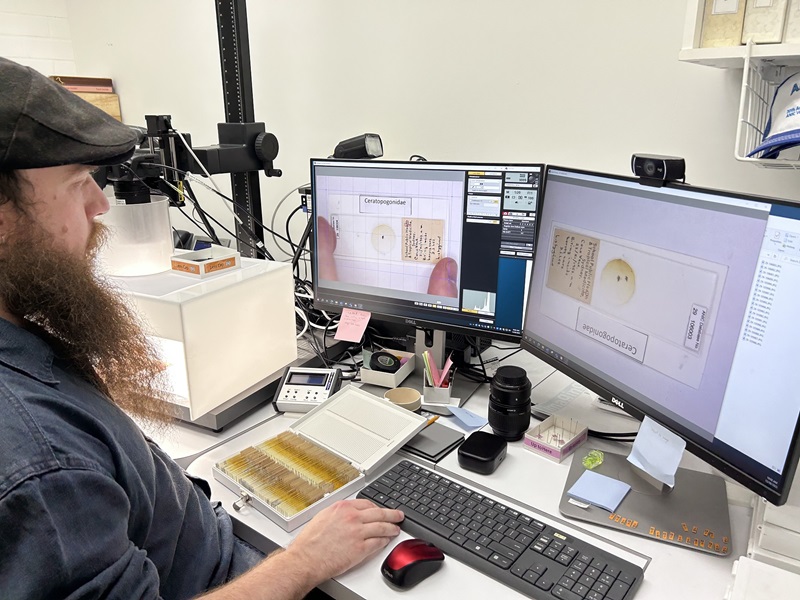


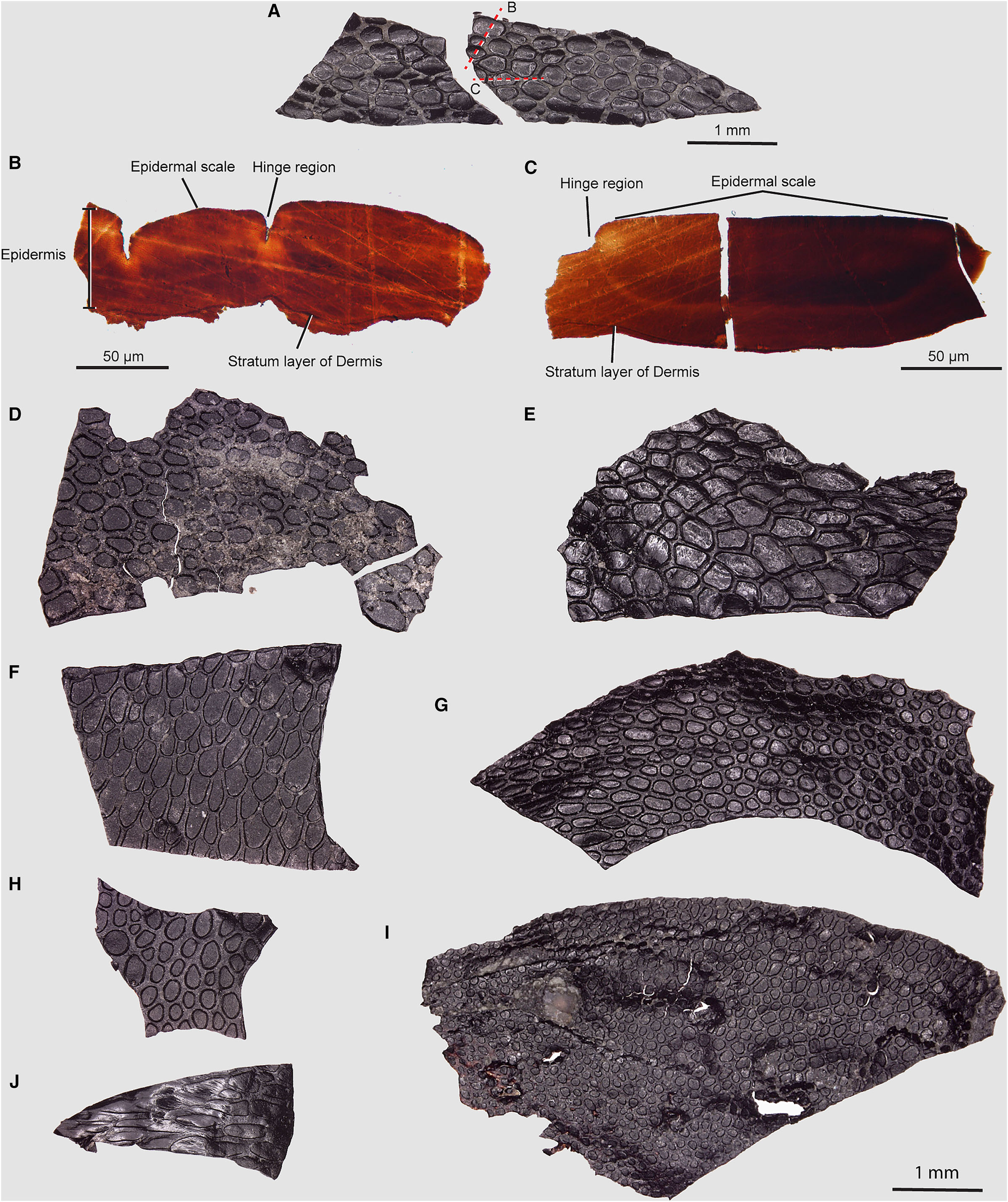
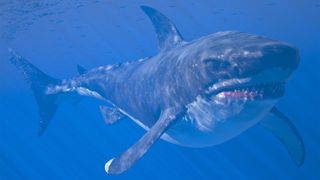
:focal(749x564:750x565)/https://tf-cmsv2-smithsonianmag-media.s3.amazonaws.com/filer_public/87/29/87290ba6-1553-4957-8822-a6a59657f5be/gettyimages-567419617_web.jpg)
/https://tf-cmsv2-smithsonianmag-media.s3.amazonaws.com/filer_public/94/43/9443e086-92ef-4035-be8a-71be23a60630/pressreleasefigure_embargod_until_22_january_2023_1201am_gmt_web.jpg)
/https://tf-cmsv2-smithsonianmag-media.s3.amazonaws.com/filer_public/90/54/90543973-0698-481c-b112-ab843c3df8ec/sternes_megalodon_tooth_pic_web.jpg)
/https://tf-cmsv2-smithsonianmag-media.s3.amazonaws.com/accounts/headshot/RileyBlack.png)